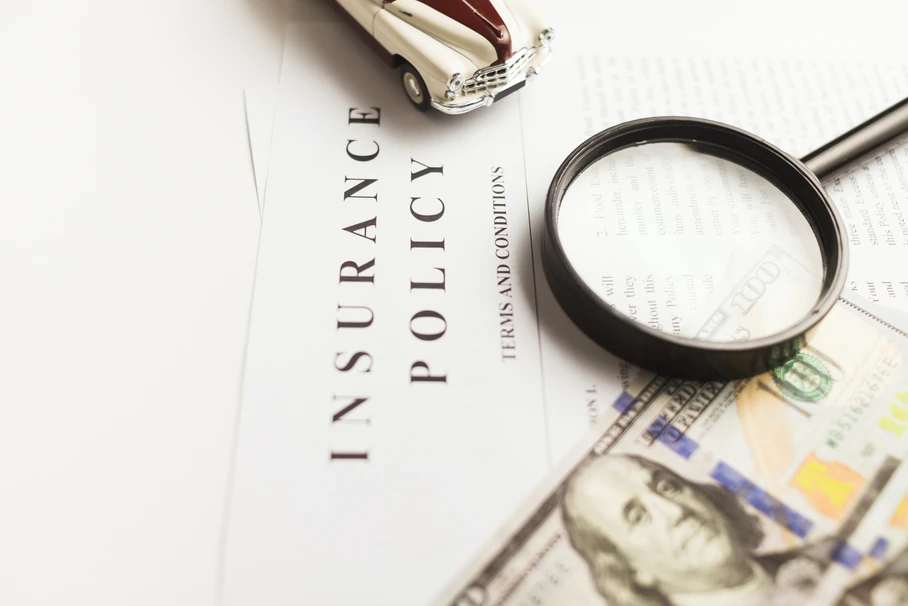Navigating the World of Auto Insurance: Which Coverage is Right for You?
Car insurance isn’t just a legal requirement; it’s a safety net for your wallet, your vehicle, and your peace of mind. However, with various coverage types available, choosing the right one can be a tad confusing. Here’s a breakdown to help you understand your options:
1. Liability Insurance:
What it Covers:
If you’re at fault in an accident, liability insurance covers the damages to the other party’s property and medical bills.
Note:
Most states require drivers to have a minimum amount of this insurance. However, consider getting more than the minimum to safeguard against large claims.
2. Collision Insurance:
What it Covers:
Damage to your car after a collision with another vehicle or object.
Note:
If you have a loan or lease on your car, this might be required. Once your car is older and its value decreases, you might reconsider the worth of this coverage.
3. Comprehensive Insurance:
What it Covers:
Non-collision-related damages such as theft, vandalism, fire, natural disasters, and animal impacts.
Note:
Like collision insurance, this might be required if you have a loan or lease. Weigh the cost of the premium against the potential payout and your car’s value.
4. Personal Injury Protection (PIP):
What it Covers:
Medical bills and, in some cases, loss of income, regardless of who’s at fault.
Note:
PIP is mandatory in some states. It can be especially useful if you don’t have health insurance or if your health plan has high deductibles.
5. Uninsured/Underinsured Motorist Insurance:
What it Covers:
Damages caused by a driver who doesn’t have insurance or doesn’t have enough to cover your bills.
Note:
Given the number of uninsured drivers, this is a smart addition to your policy, even if it’s optional in your state.
6. Gap Insurance:
What it Covers:
If your car is totaled or stolen, gap insurance pays the difference between what the car is worth and what you owe on it.
Note:
Highly recommended for leased cars or if you owe more on your vehicle than its current value.
7. Rental Reimbursement:
What it Covers:
The cost of renting a car while yours is in the shop due to a covered accident.
Note:
Consider your daily needs. If you can’t manage without a car, this is a good option.
In Conclusion:
Choosing the right auto insurance requires a mix of understanding your personal needs, the specific requirements of your state, and your vehicle’s value. A good rule of thumb is to be adequately covered against anything that might significantly impact your finances. Consult with an insurance professional to tailor a policy that’s right for you.

